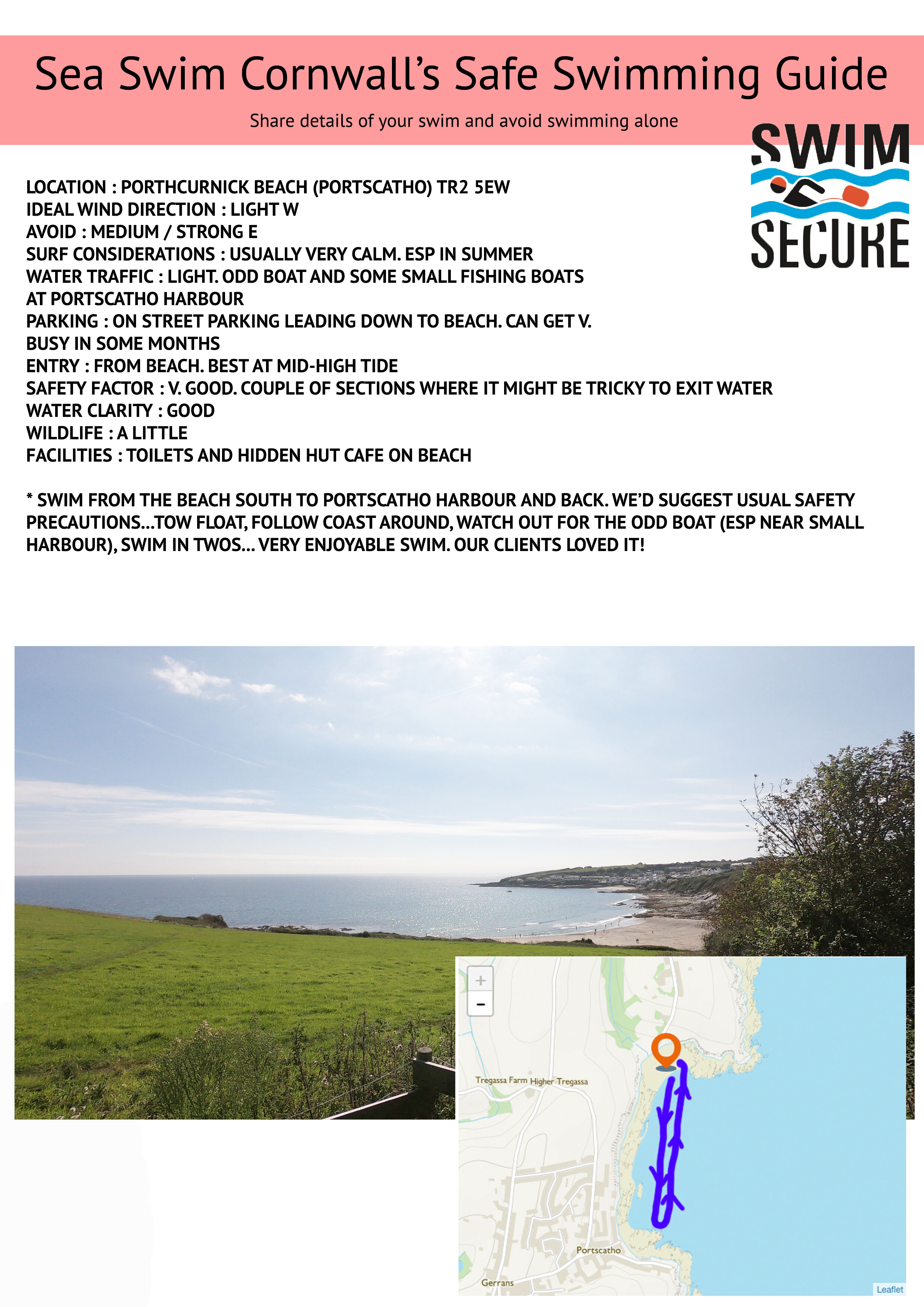Which event is for you?
/We run a number of holidays and events throughout the year. We try to be as inclusive as we possibly can but try as we might, not all of our activities will suit all abilities. Here’s a run down of what you’ll need to know.
YEAR ROUND WILD SWIMMER
If you’re less about the Ks and more about your year round swimming days then the Porthleven Food Festival and swimming weekend looks like it’s the trip for you. It’s our favourite food festival of the year. Set in the stunning Porthleven Harbour and attracting around 40,000 people every year, it’s a fantastic weekend. As the water is a little colder we’d recommend this trip to the hardcore year round swimmer. The distances will be a little shorter and we’ll also explore some of the hidden rock and natural pools the west coast of Cornwall has to offer. APRIL 17-19 2020, currently open to small - large group bookings.
MIDDLE-OF-THE-PACKERS TO YOUR MORE COMPETITIVE SWIMMERS
The 10K Big River Day might be the afternoon out you’ve been looking for. It’s a stunning swim up the river Fal in crystal clear waters. You’ll receive a little boost from the incoming tide from St Mawes up to St Just in Roseland…finishing at one of the most stunning harbours we’ve ever seen. At the harbour you’ll have a refreshments break (plenty of fluids and cake) before returning back along the same route with the outgoing tide. *There are swimming speed requirements on this event. Check before booking.
OUR ALL-INCLUSIVE EVENT
We try to be as inclusive as possible with this event but you have to have a realistic chance of swimming 10km over the course of one day…it’s the 10K Magical Mystery Tour. Set up as more of a challenge than a race, you’ll look to swim 10km over 4 swims. The challenge takes place over the course of around 8-10 hours. We also put on a coach to ensure it’s a nice and social event. Swims may include St Michael’s Mount, Porthcurno, Mousehole, Penzance bay, Carbis Bay and St Ives… During the latter stages we also arrange shorter routes for those that may be struggling.
ALL-INCLUSIVE HOLIDAYS
Again, we try and make our holidays as all-inclusive as possible. The reality is that you need to be able to comfortably swim 1-3km in one go. We can make exceptions but you need to call us before booking. These holidays and the swims are based on the conditions of the day. We pick the most enjoyable and safe swims as we can. We are swimming in the sea but you’ll never be expected to swim through surf or rough conditions! This year we’ve lined up all of your holiday dates with local festivals so you have double the reason to attend.
ST IVES FOOD FESTIVAL : set on the beach and including great live entertainment it’s a great holiday
GOLOWAN FESTIVAL : is a massive festival put on each year in Penzance. They shut the towns roads down and turn the who thing into a pedestrian-bar. There are precessions and live music and dance throughout the whole weekend, as well as craft fayres and food stalls.
DESIGN YOUR OWN
If any of the above doesn’t suit simply contact us and design your own trip or swim. We offer open water coaching and bespoke swims, days and holidays.







![7L2A2441[2].jpg](https://images.squarespace-cdn.com/content/v1/5d566e0de8232b00016ee2fc/1566803810196-PZUXGBSLB2BVEQ8JY8IZ/7L2A2441%5B2%5D.jpg)
![7L2A2496[1].jpg](https://images.squarespace-cdn.com/content/v1/5d566e0de8232b00016ee2fc/1566803859429-6E69NMIQJNGA152MGEHP/7L2A2496%5B1%5D.jpg)
![7L2A2588[1].jpg](https://images.squarespace-cdn.com/content/v1/5d566e0de8232b00016ee2fc/1566803900035-X911O1W7ZHFDI1FP13JX/7L2A2588%5B1%5D.jpg)
![7L2A2606[1].jpg](https://images.squarespace-cdn.com/content/v1/5d566e0de8232b00016ee2fc/1566803964026-8LD0C8TJW1DEJ06AMH8S/7L2A2606%5B1%5D.jpg)







